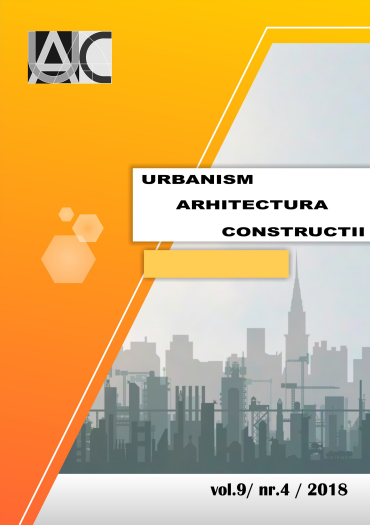Spatial-physical analysis of the urban smart growth indicators (case study: districts of Rasht)
Spatial-physical analysis of the urban smart growth indicators (case study: districts of Rasht)
Author(s): Mehrnaz Molavi, Ali ROSHANSubject(s): Architecture, Human Geography, Regional Geography, Applied Geography
Published by: INCD URBAN-INCERC
Keywords: physical-spatial development; urban smart growth; sprawl; Rasht;
Summary/Abstract: Extensive changes in cities and their population has led to population and environmental crises. New strategies including the smart growth have been proposed to overcome this challenge. In fact, the smart growth strategy is an attempt to lead the cities toward sustainable and environmental approach. Principles and strategies of smart growth create effective solutions for improving transportation and urban land use. This research investigates the compatibility of the regions and districts of Rasht (A northern city in Iran) with the smart growth criteria in a case study using Shannon analytic model, Holdern Model, and TOPSIS multi-criteria decision making model. The results of the Holdern model analysis indicates a dispersed growth of Rasht and displays its sprawl. Shannon entropy coefficient confirms a horizontal and dispersed growth of the city in its four districts and demonstrates that district 2 has the highest population and building density. The results of TOPSIS multi-criteria decision making model and entropy weighing method present dispersed and unpleasant urban growth and show district 3 has the highest density and compatibility with the urban smart growth criteria, and district 4 has the lowest density and the maximum difference comparing to the urban smart growth criteria.
Journal: Urbanism. Arhitectură. Construcţii
- Issue Year: 9/2018
- Issue No: 4
- Page Range: 311-326
- Page Count: 16
- Language: English

